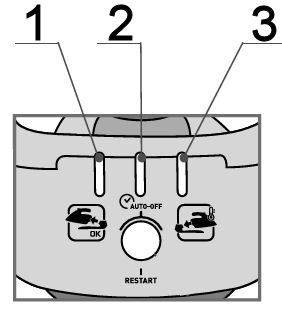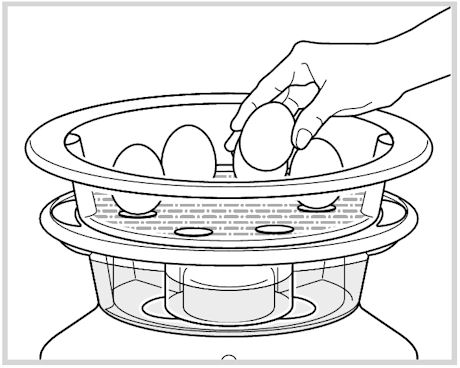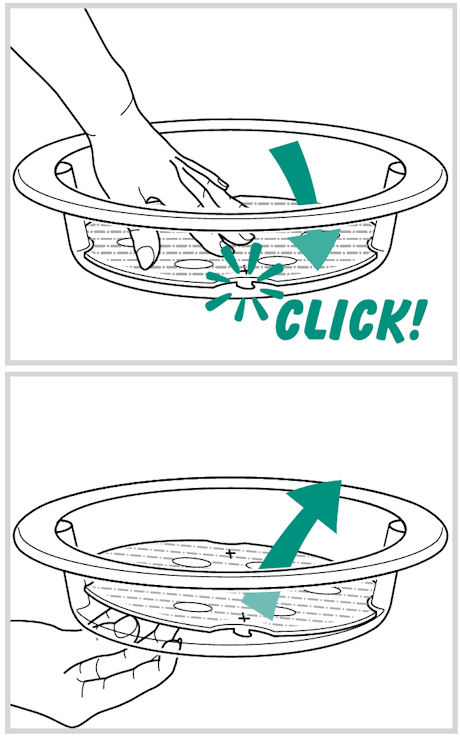Nous sommes désolés ! La vente daccessoires nest pasDisponible en ligne pour la .Veuillez vous adresser à nos Revendeurs en en cliquant ICI
"" - Results: 1517

Looking for a healthier option to a deep fat fryer? A Tefal health fryer (or air fryer as they are popularly known) is not just about frying chips, you can cook many delicious dishes which are simply not possible with a deep fryer or other chip fryers, such as casseroles, risotto, curries and even desserts… the possibilities are endless!

Discover Tefal’s ranges of garment steamers that provide a new way to take care of your clothes. Each range makes freshening up your clothes quick and easy. So, why not browse through each of our ranges; upright garment steamers and handheld garment steamers to see what suits you best.




Reference :fz740040
When HEALTHY meets TASTY.

Reference :fz740840
When HEALTHY meets TASTY.

View the product guarantee conditions

Find a repairer



Our advisors are at your service.